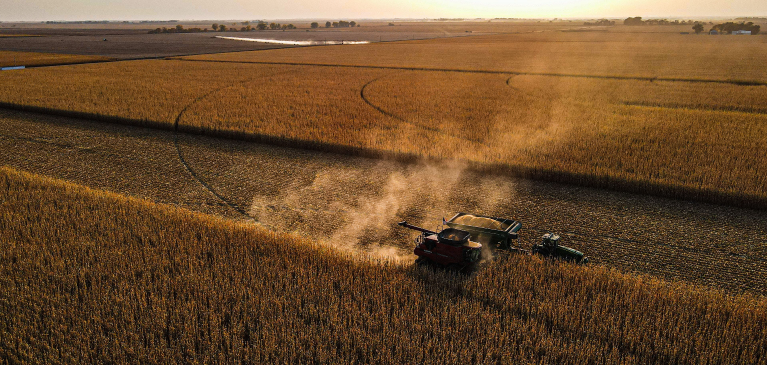
The economy has been nothing short of a rollercoaster over the past few years. Going into 2023, you can expect more ups and downs. We are breaking down some predictions from economists and giving you a preview of what to expect going into the new year, and how it can impact you.
Interest Rates
If there’s anything that’s piqued a lot of interest across the country, it is certainly interest rates. Because prices are up on almost everything at the grocery store and beyond, the Federal Reserve increased interest rates numerous times throughout 2022 to help tackle the inflation issue.
In November, the Federal Reserve increased interest rates by half a percentage point – a decrease from previous hikes in the months before. Looking forward through 2023, we could continue to see smaller increases like the latest one, or zero increases depending on the state of inflation in the United States.
Consumers are seeing the highest interest rates in 15 years. For newer borrowers, these rates may seem daunting, but in actuality, today’s interest rates are still lower than the average rate over the past four or five decades.
Current rates feel considerably higher because of the record-low interest rates in 2020 and 2021 that resulted from the COVID-19 pandemic. Interest rates have also been relatively low even before the pandemic, following the Great Recession in 2007-09.
Despite the higher rates, selecting the right financing option is key for options down the road. Those who secure a loan from GreenStone in 2023 or beyond can take advantage of a simple and quick loan interest rate conversion when interest rates do come down.
So, the good news is there’s a good chance the higher rate will be temporary.
Input Costs
Any consumer can easily notice that the cost for almost everything is more expensive. As a business owner, it’s something even more real that you certainly already know and are faced with. Unfortunately, we don’t expect there to be much cost relief in the new year, according to economic reports.
The cost to produce anything in 2023 is expected to rise even higher. That’s because the demand for goods is high and supply is limited.This scenario started with COVID-19 and now continues today from other global disruptions.
Higher production costs could lead to compressed profit margins if they cannot be off set with higher prices on products and commodities being sold.
To help manage higher input costs, you may consider seeking financing options. One option you may take advantage of is a farm operating loan. This line of credit allows you to pay for things like seed, fertilizer, feed for livestock, or other operating expenses. You may also consider using this loan for things like fuel costs for equipment or paying your employees.
Labor Costs
Most farm businesses require a team, and I’m sure you are seeing that the cost of labor has gotten more expensive over the past few years. Don’t expect that trend to change in the new year.
During the COVID-19 pandemic, nearly two million people left the workforce and never came back. This has resulted in a shortage of employees for many businesses and driven the cost of labor higher.
On top of shelling out more money for quality employees, farmers across the country are having an issue finding people interested in farm work.
Many farmers across the country have turned to programs like the H-2A temporary agricultural program, which allows farmers to bring labor from other countries for a specified amount of time.
This program does require farmers to submit a request for labor 60 to 75 days before their time of need and can be costly.
Time to Plan
As many farms do their planning well before year-end, it is never too late to evaluate your financing for this new year. In 2023, you may have to account for unexpected hikes in labor, input costs, and interest rates.
Available funds to pay for these possible higher costs can be drawn from a line of credit or cash reserves. Allowing adequate time to plan will help to ensure that your farm business is successful in 2023 and beyond.
A recent survey from Bloomberg predicts there’s a 70% chance of a recession in 2023. Being prepared with higher cash reserves, a line of credit or other financing products will help you “weather the storm,” should a recession challenge your business.
Reach out to a financial services officer to find out which financing option fits your needs the best!
The ups and downs of the economy can be anxiety-inducing, but our team at GreenStone Farm Credit Services is here to help you strategically plan and finance the future of farming.
This article was originally published in Michigan Farm News.
Tags
Request for Information | Apply Now | Agribusiness


